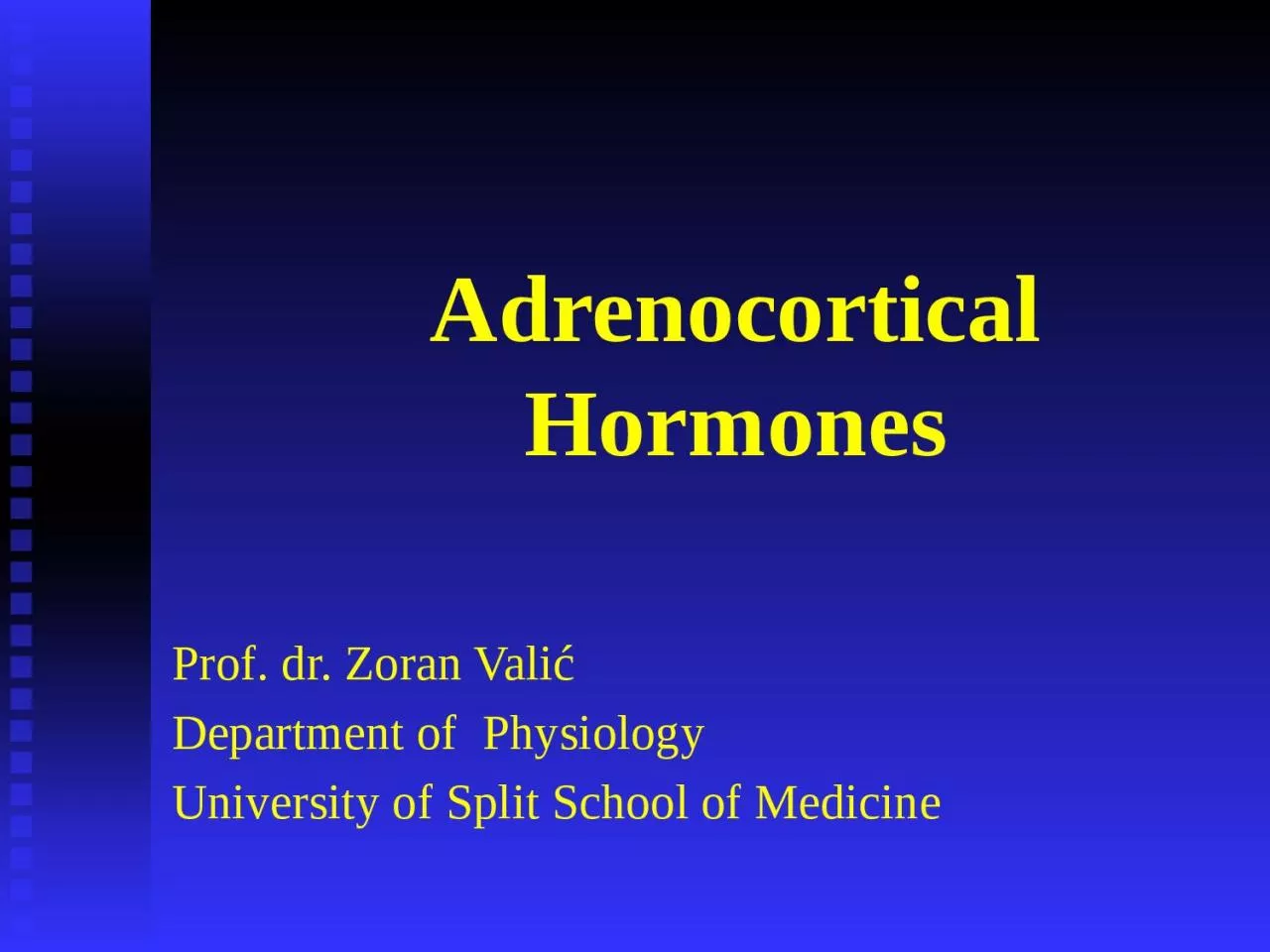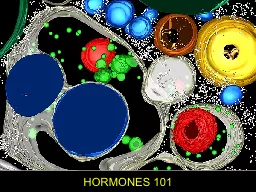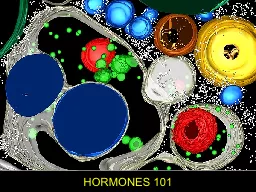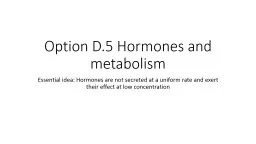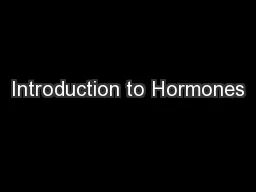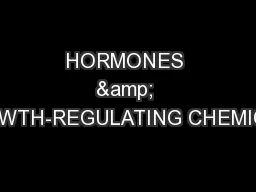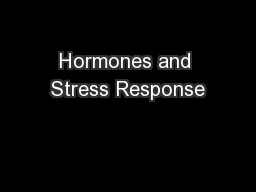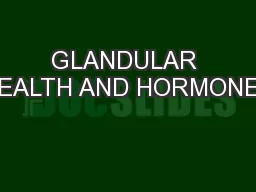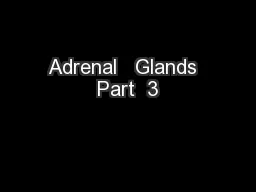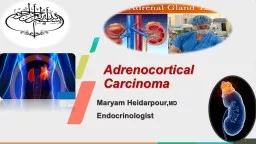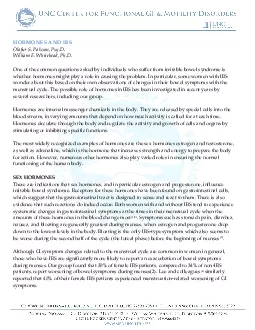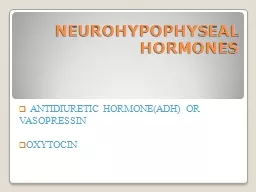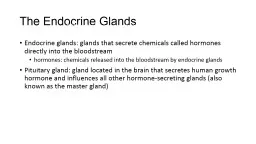PPT-Adrenocortical Hormones
Author : evans | Published Date : 2023-11-19
Prof dr Zoran Vali ć Department of Physiology University of Split School of Medicine two adrenal glands at the superior poles of the two kidneys about 4g
Presentation Embed Code
Download Presentation
Download Presentation The PPT/PDF document "Adrenocortical Hormones" is the property of its rightful owner. Permission is granted to download and print the materials on this website for personal, non-commercial use only, and to display it on your personal computer provided you do not modify the materials and that you retain all copyright notices contained in the materials. By downloading content from our website, you accept the terms of this agreement.
Adrenocortical Hormones: Transcript
Download Rules Of Document
"Adrenocortical Hormones"The content belongs to its owner. You may download and print it for personal use, without modification, and keep all copyright notices. By downloading, you agree to these terms.
Related Documents

